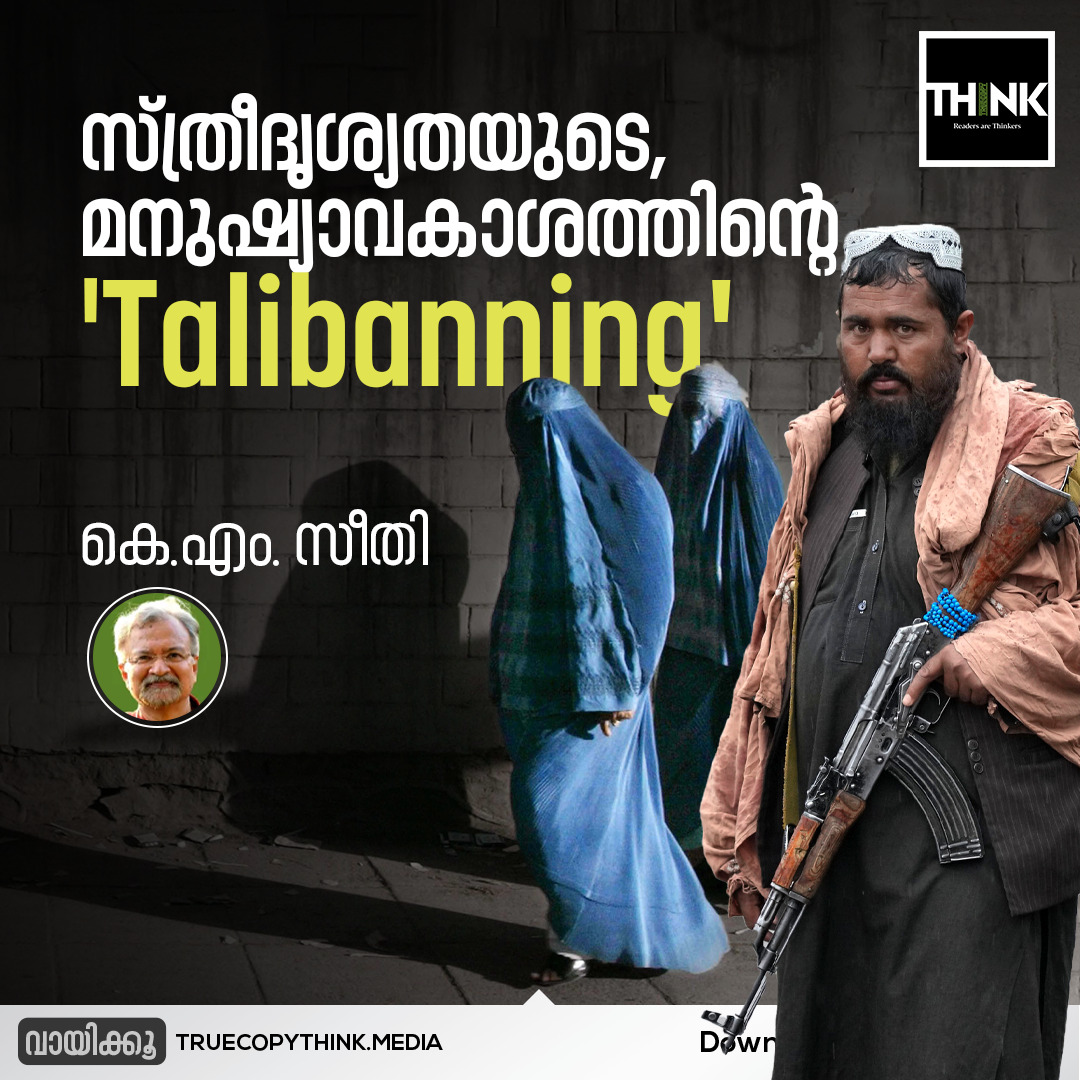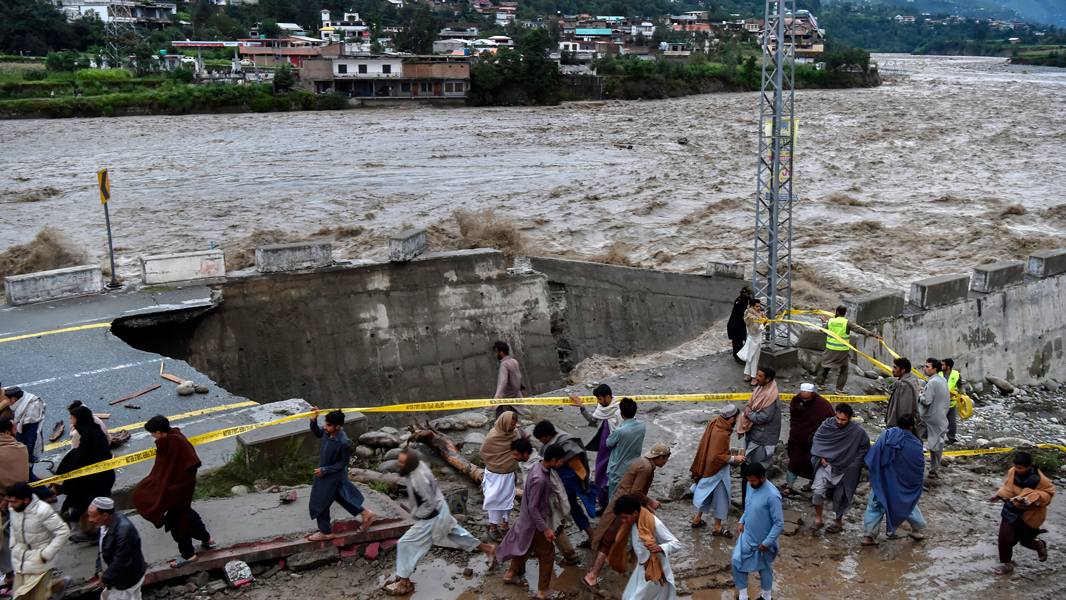Has Modi Become ‘Defenceless’ in Times of ‘Make in India’?
K.M Seethi
The Woke Journal, 27 March 2018
As soon as Prime Minister Narendra Modi took charge, he had declared that his government’s major aim was to give the highest priority to ‘Make in India,’ and invited the world’s manufacturing companies to help realise this goal. ‘Make in India’ in defence sector has been basically driven by the motive to provide preference to procurement from Indian companies under the Defence Procurement Procedure (DPP). DPP is implemented with a view to “promote indigenous design, development, and manufacture of defence equipment, and other policy measures such as liberalisation of the licensing regime & FDI policy by raising the cap on FDI in the defence sector, simplification of export procedure, streamlining of defence offset guidelines etc.”
The foreign direct investment (FDI) in this strategic sector showed a meagre amount during the last four years. While FDI flow crossed Rs.3.85 lakh crores during 2016-17, defence sector’s share has been abysmally low. The Minister of State for Defence, Subhash Bhamre told the Lok Sabha that “FDI of amount $0.18 million has been received in the defence industry sector from April 2014 to December 2017.” This was the time when India entered into billions of dollars of contracts with foreign companies for the import of weapons, military aircrafts, missiles etc. This included radars and missiles from Israel, aircraft and artillery guns from the US, fighters, arms and ammunition from France, rockets and simulators from Russia. Reports indicated that such purchases amounted to a staggering figure of Rs.1.25 lakh crores, even as the defence manufacturing in India with foreign collaboration has been moving at snail’s pace. Reasons put across for such low ‘turn-out’ included bureaucratic bottlenecks and the ‘lack of experience’ of the Indian companies. India’s much-hyped defence plans under the ‘Make in India’ programme seem to have become a quixotic project.
The Burgeoning Defence Budget of India
In the Union Budget 2018-19, the allocation of Defence is a staggering Rs 2.95 trillion. In that, more than 31.1% of the defence budget is spent on capital acquisitions. Out of total outlay, Rs. 99,947 crore has been set apart for capital outlay to purchase of new weapons, aircraft, warships and other military hardware. The Government acknowledges that as much as 60% of defence related requirements are met by imports which provide a major opportunity for indigenous production. Insofar as India’s major defence requirements are met by imports, it was expected that the opening of the sector for private sector participation would help foreign manufacturers to establish strategic partnerships with Indian firms. This was also expected to leverage the domestic market as well as to expand India’s export potential in the global arms bazaar.
The SIPRI Report says that Russia continued to be India’s largest supplier of arms during the last four years (share of Russian arms was as much as 62% of India’s total imports). Meanwhile, imports from the US skyrocketed by a staggering 557% during 2008-17. The US has been India’s second largest arms supplier. There are also new players in arms deals such as Israel, France etc.
The import-substitution strategy has to be viewed in the context of the burgeoning defence budget of India, over the last three decades, a major share of which goes to meet the import of weapons. The government’s declared policy was to promote “self-reliance, indigenisation, upgrading of technology and achieving economies of scale including the development of capabilities for exports in the defence sector.” Extensive modernisation plans were envisaged with new concerns for homeland security, besides keeping in view India’s emerging status as a “defence sourcing hub.” Last year, the Government also announced 100% FDI in defence sector—up to 49% under automatic route; FDI above 49%, through Government route where it was planned to facilitate access to modern technology. Though all such plans were ambitious, exports did not show any significant jump. For example, during 2015-16, India’s exports (to 28 countries) fetched just Rs. 2,059.18 crore. It was out of sales and contracts for defence platforms, equipment, and spares manufactured in India. Some of the major defence equipment included Patrol Vessels, Helicopters & their spares, Sonars & Radars, Avionics, Radar Warning Receivers (RWR), Small Arms, Small Caliber Ammunition, Grenades and Telecommunication equipment etc. However, given the ambitious goals set by the Government, these were only peripheral transactions.
Imports of Arms Vs ‘Make in India’
According to the latest Report of SIPRI (Stockholm International Peace Research Institute), India continued to be the world’s largest importer of major arms during 2013- 17. India’s imports have grown substantially by 24 percent over a decade (2008-2017). Interestingly, this was the time when arms imports of China and Pakistan have declined. There was 19% decline in China’s imports and 36% in Pakistan’s during 2008-2017. India’s arms imports were estimated to be 12 percent of the global arms transfers. According to Siemon Wezeman, a senior official with the Arms and Military Expenditure Programme of the SIPRI, “The tensions between India, on the one side, and Pakistan and China, on the other, are fuelling India’s growing demand for major weapons, which it remains unable to produce itself…China, by contrast, is becoming increasingly capable of producing its own weapons and continues to strengthen its relations with Pakistan, Bangladesh, and Myanmar through arms supplies.
The SIPRI Report says that Russia continued to be India’s largest supplier of arms during the last four years (share of Russian arms was as much as 62% of India’s total imports). Meanwhile, imports from the US skyrocketed by a staggering 557% during 2008-17. The US has been India’s second largest arms supplier. There are also new players in arms deals such as Israel, France etc.
Upon closer analysis, it can be seen that there are perceptible contradictions between the rhetoric and reality under the ‘Make in India’ programme. India may still spend more on arms imports not just because of perceived defence needs vis-à-vis its adversaries’ defence potential but also because there are clear politico-strategic and economic compulsions to spend on them. The role of the global military-industrial complex (MIC) is critical here. MICs may not welcome such defence import-substitution strategies of the Global South countries.
Concerns of Coexistence
In the 1990s India was poised for a major push in militarisation in collaboration with the global MICs. The Government’s mammoth spending on defence, its move to privatise defence industry, the DRDO’s efforts to interact with the civil industry by way of its spin-off technologies for civilian applications, and the defence oriented activities of the nuclear and space establishments all indicated the direction in which India has been moving.
There is an apparent consensus among different sections of the Indian society (including the mainstream media and political parties) on this question, and almost all members of Parliament, cutting across party lines, would suggest that the ‘holy cow’ be spared “in the best interests” of the nation. Surprising it may seem, even as they come down heavily against the government for its lopsided trade and economic policies, they seldom take up the issue of the diversion of huge resources for defence build-up and have not given sufficient attention to the relationship between India’s burgeoning international debt burden and the morbid obsession for militarisation.
Plausibly, India’s defence build-up has wider implications—not only for its worsening balance of payment situation but also for the regional peaceful coexistence in South Asia which has lately been bedevilled by India’s hegemonic role in the region. The fears and threat perceptions about India will continue to mount in the neighbouring countries even as India settles itself to the hard options of militarisation and arms build-up.
@ https://wokejournal.com/the-woke-journal-columnists/k-m-seethis-column/has-modi-become-defenceless-in-times-of-make-in-india/



